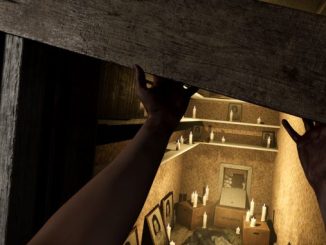Our review of Capcom Fighting Collection 2, developed by Capcom. Available now for PS4/5, Xbox One, Windows, and Switch.
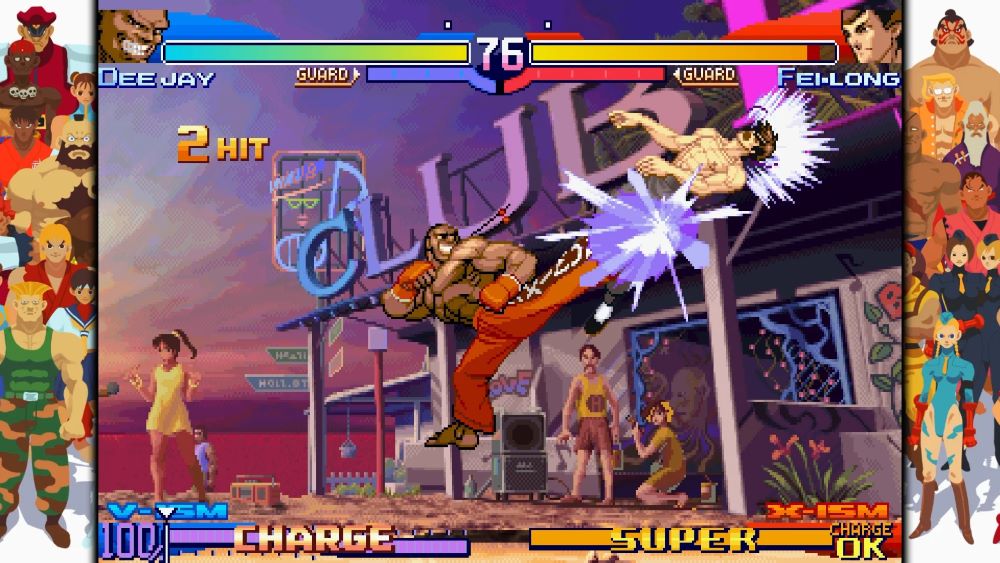
WHAT IS IT?
A collection of largely forgotten, but cult-beloved Capcom fighting games from the 90s and early 00s.
IS IT GOOD?
It’s great, though one truly bizarre omission – Rival Schools deserved to be here, dammit! – might dampen your enthusiasm.
WHO SHOULD PLAY IT?
Anyone who ever owned or wished to own a Dreamcast.
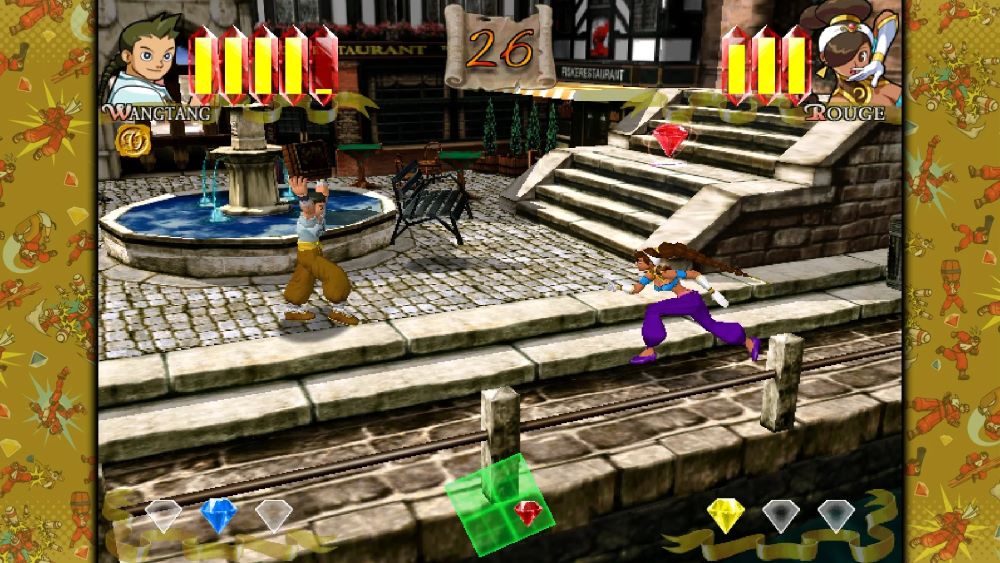
EVERYBODY WAS KUNG-FU FIGHTING
The original Capcom Fighting Collection, released in 2022, was a bit of an odd duck, packing together a disparate collection of titles – most of the Darkstalkers games, a couple puzzle-themed Street Fighter spinoffs, something called Red Earth – with 2003’s PS2-exclusive Hyper Street Fighter II: The Anniversary Edition, a long-forgotten iteration of the legendary fighting game that never stops iterating. (Personally, I prefer Super Street Fighter II Turbo HD Remix.)
The sequel to CFC, meanwhile, packaged together nearly every Marvel vs. Capcom title, to great acclaim and a far larger player base, for obvious reasons. Now, Capcom has gone back to the well for a collection that splits the difference between its two predecessors: some of the games here are relatively popular, with fans who’ve long been waiting for modern, online multiplayer-friendly ports. Others are just sort of here, obscurities which will appeal only to a few curious folks.
There’s also one big fat, frustrating omission. A defining game of my childhood, one of the few I can consciously remember organising neighbourhood tournaments around, Rival Schools: United by Fate is a cult classic which barely anyone else seems to remember, but which remains beloved for those of us who do. With then-impressive 2.5D graphics and an innovative, weapons-heavy combat system tied to an interesting theme – all the brawlers are high school students, with abilities themed around tropes like the jock, the nerd, and so on – it made for fantastic multiplayer gaming, and a pretty good single-player story to boot. The reason I’m talking about it is that, inexplicably, its (very good) sequel, Project Justice, is here, whereas the original didn’t make the cut. (At least RS biker chick Akira showed up in Street Fighter V.)
To be clear, Project Justice is great – I love all the team-up attacks, like the one where a character grabs hold of their opponent, so their partner can launch tennis balls at them – but it’s bizarre that its predecessor is missing.
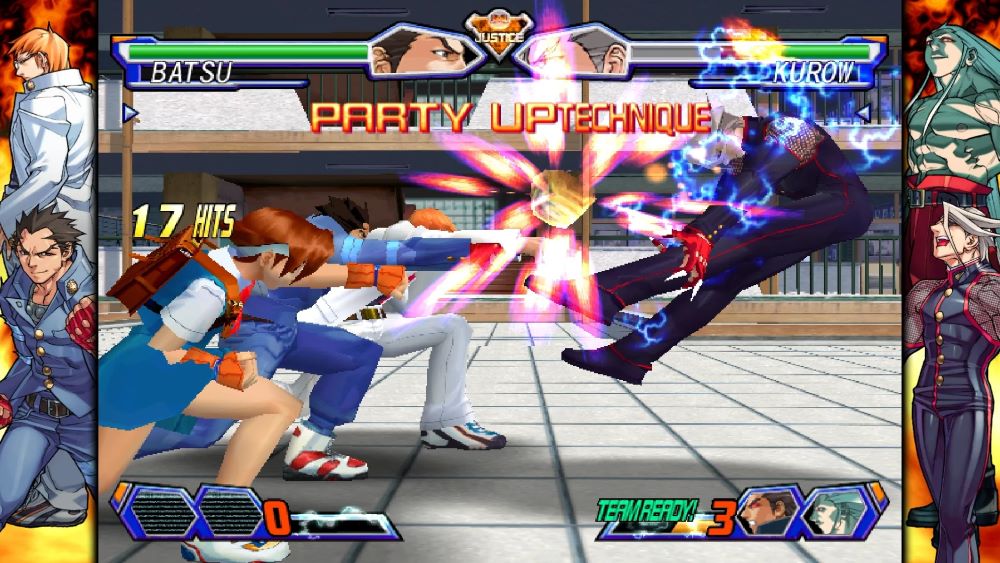
OUT OF THE STREETS AND ON TO THE INTERWEBS
For most players, the big sell for CFC 2 is the presence of both Power Stone games.
While not as well known as the Street Fighter or Marvel vs. titles, the Power Stone series was a mainstay of arcades and Dreamcast-equipped homes, with vaguely Smash Bros.-esque gameplay involving characters running around a 3D stage, beating each other up, collecting power-ups, and leveraging elements of the semi-interactive environment. The first PS has always been the most popular, with its finely honed 1-on-1 gameplay (the sequel introduced four-player battles, hewing ever-so-slightly-closer to the Smash Bros. template), but both are a lot of fun to tackle, whether in single-player mode or in the newly online multiplayer.
As always, Capcom’s netcode for online multiplayer is a big reason to pick up these collections. The Marvel vs. collection has already been a boon to multiplayer fighting, introducing a whole new generation of players to the, ahem, marvel that is that series (especially the fabled MvC 2). I can similarly see both Power Stones getting a lot of play, potentially leading to their resurgence in tournaments, both virtual and real-world.
And that extends to the other titles as well, top of which is the one Street Fighter entry included here, the arcade re-release version of Street Fighter Alpha 3, subtitled “Upper”. The original SF 3 Alpha was already included in 2018’s Street Fighter 30th Anniversary Collection, but this very specific iteration – an arcade re-release of a game which debuted in arcades in 1998, then was ported to home consoles with some tweaks, then re-released to arcades in 2001, console tweaks intact – had basically disappeared from anywhere outside a handful of Japanese arcades. Purists will, of course, buy this Collection simply to get their hands on it.
While one might be tempted to suspect this random Street Fighter title was included precisely for that purpose, at least Capcom picked a great – and less obvious – selection from the SF series. Alpha 3 is one of the best SF games, with gorgeous graphics, a deeply rewarding combat system, and some great roster options, including the series debuts of Cody (of Final Fight fame) and the popular female wrestler R. Mika.
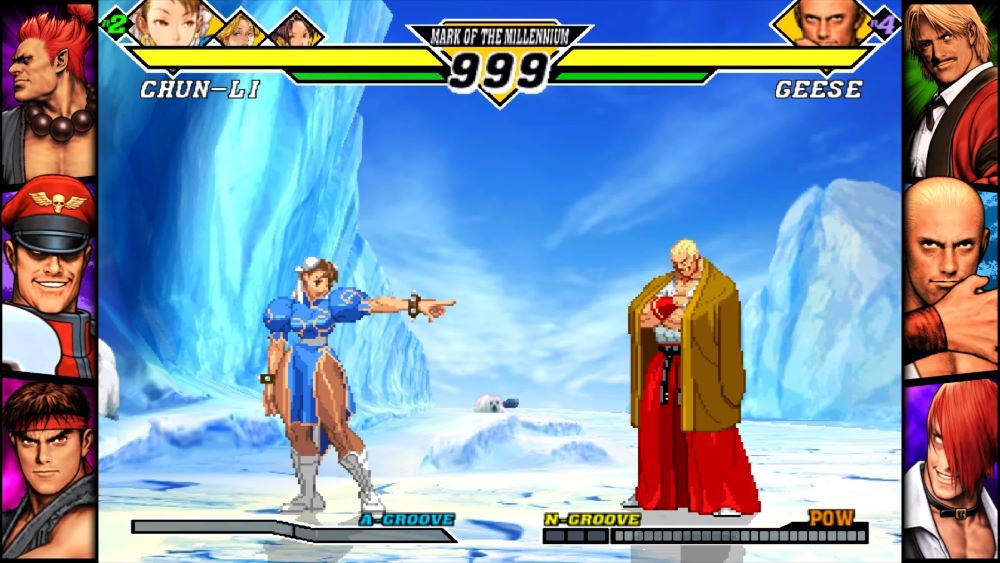
EVOLUTION
In addition to the Rival Schools sequel, the Power Stones, and the Street Fighter entry, the Collection also includes two Capcom vs. SNK titles, a random 1998 game called Plasma Sword, and, better than its reputation suggests, 2004’s Capcom Fighting Evolution.
Of those remaining titles rounding out the collection, the two vs. SNK games are most likely to appeal to serious fighting gamers, already familiar with SNK characters like Fatal Fury’s Terry Bogard. The Plasma Sword game is, in a word, random: a slow-moving, not particularly admired, lightsaber-centric fighting game which nobody bought for the Dreamcast.
Finally, Capcom Fighting Evolution was largely maligned at release, though I have a soft spot for its attempt to bring together characters from across several games, including Street Fighter (core and Alpha series), Darkstalkers, and other Capcom properties. Similar to the early Marvel vs. titles, the game is built around 2-vs-2 endurance battles, with players able to concoct dream teams of cross-property fighters. From SF, options include Ryu, Guile, M. Bison, and Chun-Li, while Darkstalkers’ most famous character, Felicia, is here representing her series alongside a few other ‘stalkers. From Street Fighter Alpha, fighters include Guy, Rose, Karin, and Sakura. There are a handful of folks from the forgotten Red Earth, and finally some brand-new characters created for the game. It’s not a good game, exactly, but it’s a fun little romp through Capcom history.
Across the board, new features included for all games in this Collection include a Training Mode, various display filters to mimic the aesthetic of a CRT or arcade monitor, quick-save options for single-player campaigns (no memory cards required!), and various metagame challenges with rewards for completing certain activities, like winning X number of battles with a particular character. There are also, mercifully, difficulty modifiers available for all games, ensuring no exploitative enemy AI like you might have encountered at the quarter-devouring arcade.
It’s obviously not going to contend with the recent Marvel vs. Capcom collection, nor will anything ever supplant my beloved Street Fighter 30th collection, but for fighting game diehards, there’s definitely something to see here. See you on the leaderboards.
***
Final score: 8/10 Thanos’s left pointer fingers.
Visit the official website for Capcom Fighting Collection 2 here.


